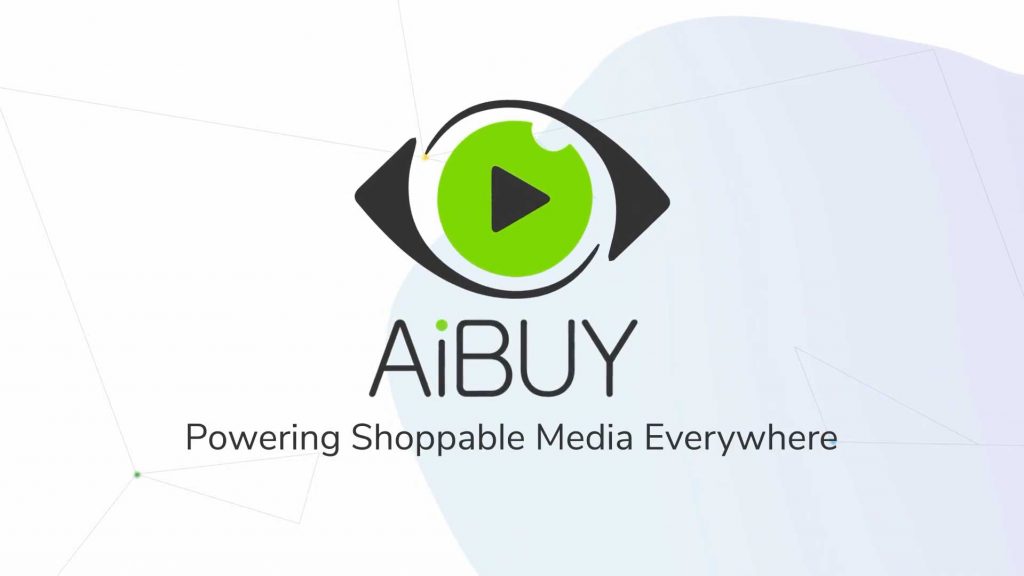Report: 65% want options to checkout directly in-content
July 13, 2023

AiBUY, an in-content shopping solution, has released its 2023 Consumer Path to Purchase report, unveiling the growing desire for more convenient shopping options that better accommodate the rise of scrollable content and media intake – for instance, purchasing products directly from a link in-content which 65 per cent of consumers would likely do if they saw something they like.
The report further reveals the shift in shopping motivation, which is now heavily driven by content, highlighting how consumers prefer to make purchases immediately – without redirects, pop-up ads or being forced to create an account.
The path to purchase caters to the brand, not the consumer
The path to purchase and how consumers make purchasing decisions has shifted tremendously over the past few years. The process that used to start with brand awareness followed by heavy consideration and research, is now replaced with impulse decisions and immediacy. In fact, 52 per cent of consumers have made an impulse purchase online within the past week without ever being previously aware of the product. Yet, 49 per cent have deliberately not made an impulse purchase simply because they were targeted on one screen and had to switch to another screen to complete the purchase.
When it comes to marketing, brands can be selfish – for them, there’s no such thing as too many pop-up ads and they love redirecting shoppers to their site. Unfortunately, these tactics are exactly what’s turning the consumer away. According to the report:
- 20 per cent will abandon their cart and not move forward with the purchase because of too many pop ups from the brand/retailer while on their site
- 19 per cent because the discount code was not working or any other technical issue
- 18 per cent if having to create an account with the retailer/brand
- 17 per cent because of being redirected more than once
“There’s no doubt e-commerce has changed in recent years to provide more convenience, but not nearly enough to adapt to the new path to purchase consumers are taking,” said Randy Bapst, CEO of AiBUY. “It’s time for platforms to cut out the middleman and offer checkout options directly in the content that’s being viewed – only then will the process cater to consumers without disrupting their viewing experience, yet still offering commerce options that drive revenue for brands.”
What consumers value most: Content and Convenience
US consumers admit they often find themselves purchasing items online while watching TV (57 per cent), interacting with social media (29 per cent), working (17 per cent) and even using the bathroom (20 per cent).
In order to successfully convert the multitasking shopper, checkout options have to be quick, easy, and convenient, especially since after seeing a video on social media (Instagram, TikTok, etc.):
- 20 per cent shoppers completed the purchase within 21-30 minutes
- While only 12 per cent did so within 1-2 hours
- And another 12 per cent who took a screenshot and then never followed through
While shopping directly in-content may be a newer concept, it’s been on the consumer brain for quite some time – when it comes to video content (TV show, social media, etc.), 65 per cent of consumers are likely to purchase an item they like if able to do so directly from a link in the video. It also makes sense to make media directly shoppable since content is what drives most purchasing decisions:
- 37 per cent of consumers were prompted to make a purchase while watching TV; 20 per cent viewing ads on social media
- 31 per cent wish to purchase physical products (such as branded merchandise) while engaging in an online activity (video games, VR, etc.); 25 per cent wish to purchase virtual products (such as virtual clothes for your avatar, etc.)
- 35 per cent prefer to learn about new products from online reviews; 21 per cent from watching videos on the company’s social media channels
On top of that, 83 per cent of consumers have and report that when they see a product they like on TV or another video platform, they’ve searched for it and were unable to find the exact item.
“Today’s shopper knows right away if they want to purchase something. Their decision is immediate and if given the chance to purchase right then and there, they will,” said Bapst. “On the other hand, without providing the ability to do so instantly and directly, brands are losing out on the opportunity to convert shoppers and therefore missed revenue opportunities.”
